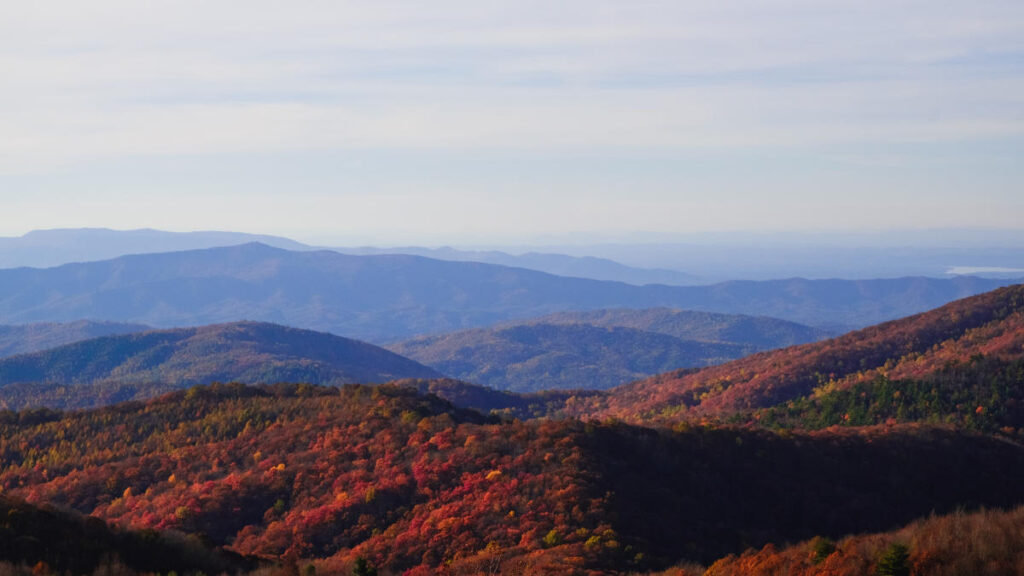Asheville, North Carolina, and the surrounding small towns in Southern Appalachia have long been celebrated for their stunning autumn landscapes, vibrant arts, and gourmet dining options. These characteristics draw numerous visitors each fall, especially for its renowned foliage. As an eight-year resident of the area, I have witnessed the breathtaking beauty of these mountains firsthand, making it all the more challenging to see how Hurricane Helene changed the landscape. The intense storm struck in late September, inflicting significant damage on both Western North Carolina and East Tennessee, areas regularly frequented by tourists for their natural wonders.
Hurricane Helene made landfall in Florida on September 26 and proceeded north, unleashing flooding and destruction in its wake by September 27. The impact on East Tennessee was severe, with reports indicating the Nolichucky Dam overflowed with over 1.2 million gallons of water per second—almost double the flow of Niagara Falls. The estimated damages resulting from the hurricane soared to approximately $47.5 billion due to relentless winds and flooding. The consequences of the storm left many regions unsafe for travelers, prompting questions about whether it is still advisable to visit during the most picturesque time of the year.
When considering a visit to the affected areas this fall, the answer may be more nuanced. Despite the devastation, tourism remains a critical component of the local economy, especially in autumn. Many attractions, particularly along the Blue Ridge Parkway, are working hard to re-establish themselves and welcome visitors again. However, current conditions necessitate thorough research before planning a trip; several regions are still recovering, with damaged infrastructure posing risks to safety. For prospective travelers, understanding accessibility and staying updated on local news is crucial to ensuring a safe and respectful visit.
If you choose to visit Asheville and Western North Carolina this fall, it is vital to approach with sensitivity to the ongoing recovery efforts post-Hurricane Helene. Many areas, including the city of Asheville itself, faced significant challenges in essential services like water supply, leaving residents to navigate continued inconveniences. Travelers should prioritize checking the current road conditions and safety warnings, as several highways, particularly Interstate 40, are still closed or experiencing severe restrictions. Before embarking on your journey, confirm that local attractions and accommodations remain operational and be prepared to be flexible with your plans.
During your visit, displaying empathy and understanding of the local population’s struggles is essential. The emotional toll from the hurricane runs deep, with residents dealing with trauma and loss that far exceed the physical damage. It is critical not to treat the aftermath of the storm as mere spectacle; taking photos of destruction without purpose or compassion can add distress to already traumatized communities. Visitors should aim to support local businesses that are open for business, as patronage can significantly aid recovery efforts in the region.
Looking ahead, it may be wise to consider postponing your visit to months later, when the media attention has faded, but the need for continued support persists. Activities like agritourism are vital for locales like Boone and Blowing Rock. These experiences can be rewarding while supporting the area’s economy, particularly through seasonal visits to farms in November and December. Travelers are urged to stay attuned to local updates and resources to ensure a mindful travel experience, demonstrating respect and awareness for both the region and the ongoing recovery from Hurricane Helene.

